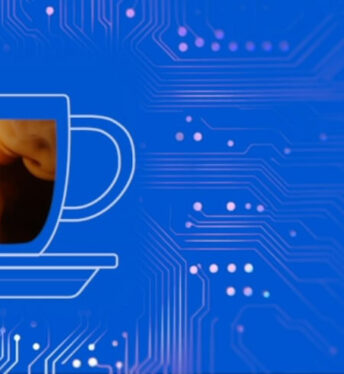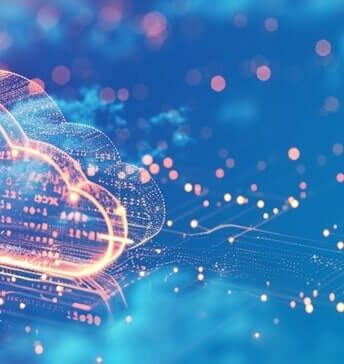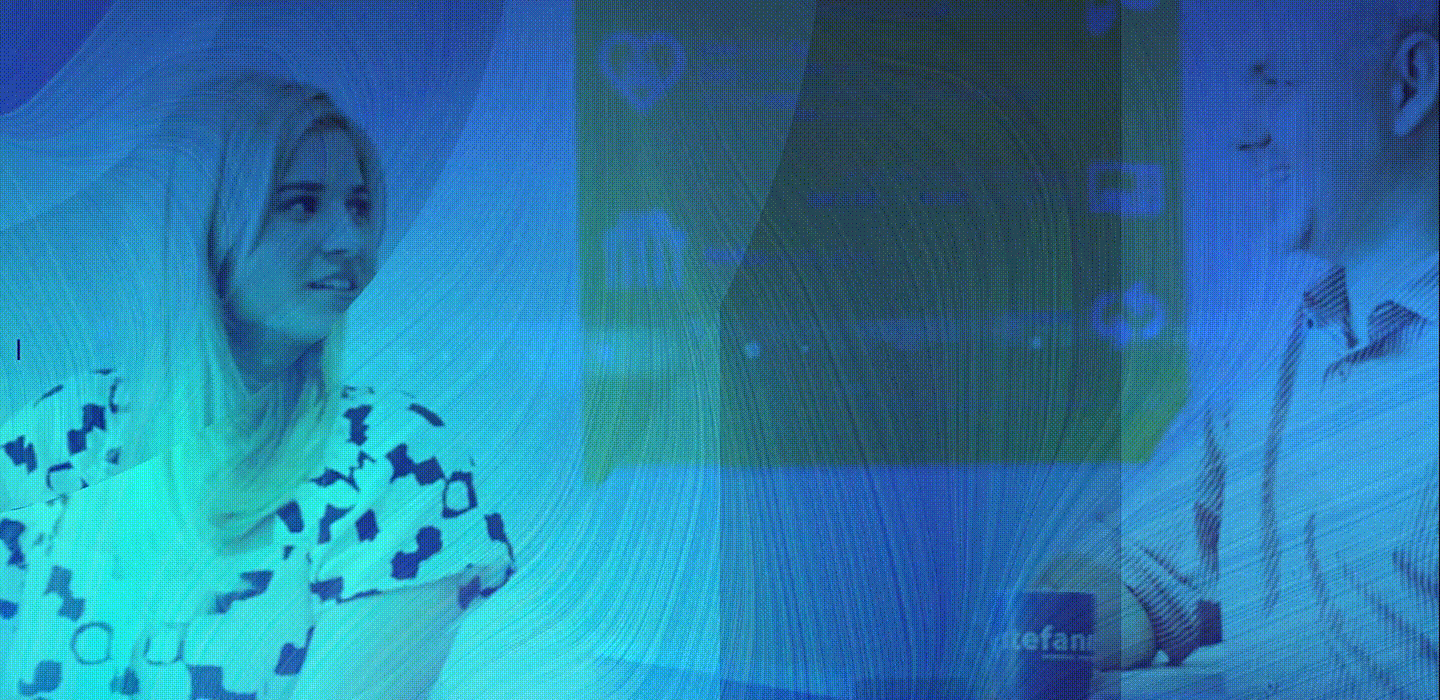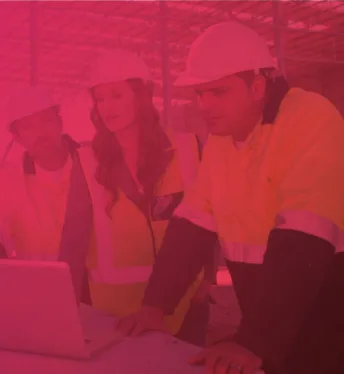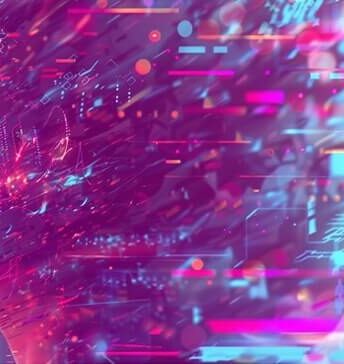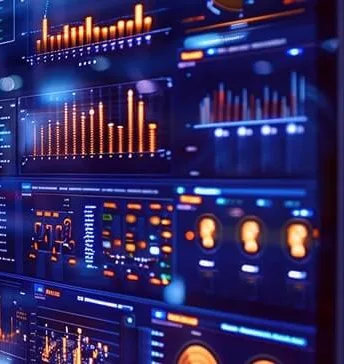Legacy System Virtualization
We know how to virtualize your legacy systems using standard hardware and we are the sole Premier Partner of Stromasys in Italy.
We optimize IT resources and extend the life of mission-critical legacy applications with virtualization.
THE PROBLEM
There are still many applications that were developed on hardware platforms that are no longer available and commonly referred to as “legacy”. Stefanini is able to virtualize legacy systems in an industry standard environment by repositioning the operating system, any environmental software and applications on a new “industry standard” hardware platform without the need for modifications. The service is aimed at all customers who have legacy applications on the Digital-Compaq-HP, SunMicrosystem or HP PA-Risc platforms.
THE SOLUTION
Conceptually, this solution allows the creation of a virtual machine capable of executing the instructions of the legacy machine on a host system with a Windows or Linux operating system.
It is a Hardware emulation that is independent of the operating system and the layered products used. The solution was developed by a Digital Engineering group and certified using the same certification suite used by Digital Engineering when a new VAX or Alpha model was released on the market.
After having built the virtual machine, specifying the resources of the CPU, RAM memory, disk type devices and tape, if necessary, it is possible to proceed with the installation of the operating system and layered products using the original kits or they can be repositioned by means of a copy of the system disk and the disks containing the data. In practice, the repositioning of a complex application in a standard environment has the same complexity and requires the same time as replacing a legacy system with a new model of the same hardware.
The solution is completely legitimate and is recognized and fully supported by both HP and VSI (VMS, TRU64), as well as Oracle (SUN). Any software support agreements can be moved from the physical machine to the virtual machine. All the products and applications on the physical system will be available in the virtual environment, with all their features. Cluster solutions also work and are supported.
THE PROJECT
The provision of the service is typically configured as a fixed sum project that includes the analysis of the legacy environment, the identification of the target configuration, the installation of the emulation product, the execution of the migration, the training of the customer personnel and assistance in launching the new infrastructure into production.
Legacy System Emulation
We keep your mission critical legacy applications alive and we have the national digital competence center specializing in migration issues.
By legacy systems, we mean the predecessors of current server systems, mostly known as minicomputers, which appeared on the market in the ‘70s and are still in use today.
Why are these systems, which have been discontinued for years, still in use?
There are various numbers of reasons. We have seen that sometimes customers who have invested in very complex, large applications face real difficulties in dealing with the cost of change: they need to invest many resources in the development of new systems and sometimes stop operations to develop a new platform. In particular, operational shutdowns are often incompatible with a customers’ business needs.
The First Customer
Our first customer in Italy was a manufacturing industry that had recently acquired a new brand and, therefore, needed to double production at the machining centers managed by minicomputers that were out-of-production and for which support was no longer available. Stopping operations to replace the minicomputers and their related applications was unthinkable. The virtualization of legacy systems was the successful solution.
Subsequent Customers
Other customers, typically in the defense industry, use legacy systems as development systems for MIL-standard devices. These systems are subject to rigorous certification standards and are, in effect, non-modifiable, at least for the lifespan of the final product, which can even stretch to several decades, such as for aircraft avionics components or the control systems of a ship. Legacy systems are often part of plant control systems and are not replaceable without replacing the entire installation.
The Solution
Our solution allows the replacement of legacy systems with industry standard systems without the need to intervene on operating systems and applications, in a very short time and at low costs. We can replace the legacy systems of five distinct families. Below are the five families of systems we are able to manage. Products are always released after the end of support date announced by the manufacturer.
Digital Systems Family
- Pdp: the first family is that of Digital systems, or DEC, PDP-11. They are 16-bit systems, commonly found on the market since 1970 and available until 1990. With 600,000 installations, they became the market standard for industrial automation systems. Unix was born on these systems.
- Vax: the second family of systems, also from Digital, is called VAX. No relation to vaccines! The acronym stands for Virtual Address eXtension. These 32-bit systems were produced from 1975 through 2000 and several million systems were delivered. It is estimated that some 200,000 VAX systems are still in operation to this day. They were very successful for Digital and they were the reference technology for different technologies, such as clusters.
- Alpha: the third family of Digital systems is that of the AlphaServers, announced in 1992 and available until 2006. Born under the Digital brand, these systems later became Compaq and then HP, following a series of acquisitions and mergers. They were the first 64-bit Risc systems available on the market. In 2007, they were replaced by Intel Itanium processor-based HP Integrity Server systems. Itanium-based systems also became legacy systems on July 29, 2021, while the end of support date was set for December 31, 2025.
- SUN – SPARC Family Of Systems: the fourth family of systems is that of Sun Microsystem, a leading company in the processor sector, founded in Silicon Valley around Stanford University. Sun created Java. In January 2010, Sun Microsystem was acquired by Oracle, which continued the development of the Sparc processor and the Oracle Solaris operating system. We work on the versions of Sparc that are prior to the Oracle acquisition.
- The Hp Pa-risc Family Of Systems: the last family of systems that we work on is that of HP servers and workstations based on the PA-Risc processor, in particular the 3000 and 9000 series, with the MPE and HP-UX operating systems. These systems went out of production in 2008 and were replaced by Intel Itanium processor-based HP systems.
How the Solution Works
We use a specific emulation product for each of the five families. The operation and architecture of the product is the same for all families of systems. The basic idea is to create a virtual machine on a state-of-the-art standard hardware system that replaces the hardware of the original legacy system. We talk about virtualization with VMware or Virtualbox, for example, where the virtual machine has the same hardware characteristics as the host machine.
For example, there can be virtual machines on an Intel server that execute hardware instructions using different versions or distributions of Windows or Linux operating systems. An emulator, on the other hand, is a component that replicates the functions of a given system on a second system that is completely different from the first. So, on an Intel server, there can be a virtual system that executes instructions that are different from those of the host machine, for example Sparc or PA-Risc instructions.
The Recipe and the Ingredients of the Solution
- Let’s take a standard host system, with an Intel processor.
- We install the operating system, Windows or Linux, on this server.
- We install the Charon emulator on the operating system. (The founder of the current Stromasys is a lover of classical mythology, so he called their product “Charon”, the ferryman of Hades. In this specific case, it ferries legacy systems into the future).
- At this point, we now have new hardware that is fully compatible with the legacy source system at the binary level.
- We have to transfer the system disk, the products, the applications and their data to the new system, just as if we had to transfer them to new physical hardware, with only the copy of the disk volumes.
Please note that no changes are required to any of the original components and that transfer times basically depend solely on the size of the source machine’s disks. The operating system and layered products (for example, a compiler) do not sense the fact that they have been moved to a new hardware architecture.
The cost of the solution is relatively low, in line with the legendary Charon, who asked for two gold coins to be left on the eyes of the deceased as payment.
The Advantages
Now, let’s highlight some of the advantages of this solution:
- Migration implementation times are very short, no changes or lengthy re-certifications are required.
- To all intents and purposes, the legacy system becomes a “dematerialized” system and all the constraints related to hardware, both current and future, are eliminated. It will always be possible to have a version of an emulator that is aligned to the hardware and software standards of the moment or to those that will exist in the near future.
- The legacy system benefits in a fully transparent manner from the technologies available for industry standard systems. It is possible to have a VAX with solid state disks, on SAN (Storage Area Network) in a Disaster Recovery environment: features that were unthinkable on the original systems.
- It is possible to use either a physical system or a virtual system as host for the legacy system, for example, it is possible to have a Solaris system in a VMware environment, with a HA (High Availability) configuration.
- Environments not available on the original systems, such as Veeam, Data Protector, Avamar and any other system, can be used for backups of legacy systems.
- Stromasys products are designed to operate in the Cloud, with specific versions for AWS, Azure, Oracle and Google, as well as any other private and hybrid Cloud solution.
Stefanini’s Added Value
There is a team of specialists with proven know-how on both emulation/virtualization products and legacy systems, a team which is able to carry out “turn key” migration projects quickly and at a low cost. We help you replace legacy systems with industry standard systems.





